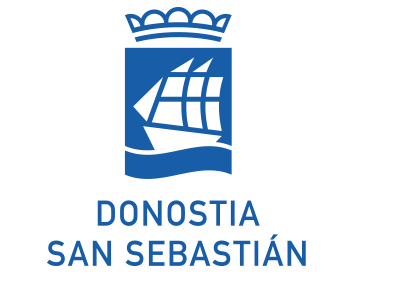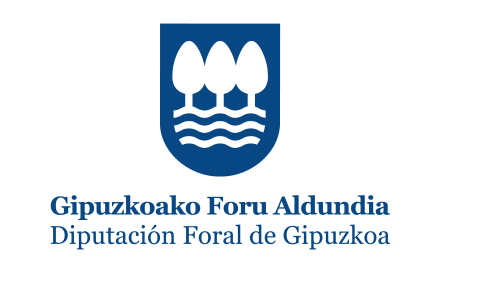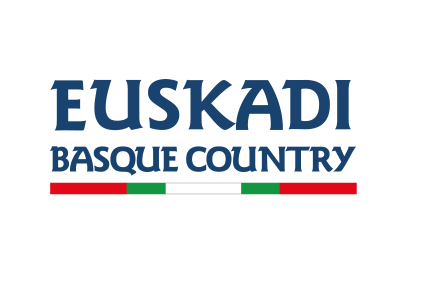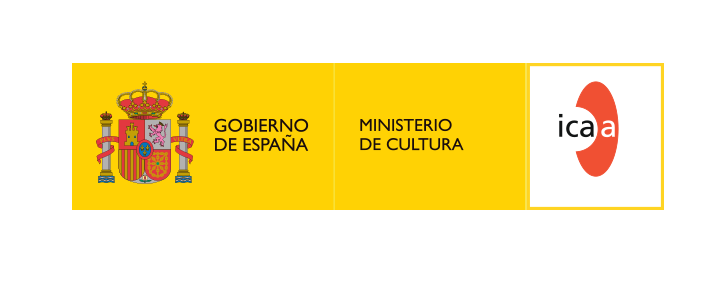It is a Video-Opera conceived in seven episodes for television, in the manner of a serial. Written and engineered by composer Roberts Ashley, it is the product of six years of intense work, and extensive collaboration with John Sanborn, who acts as director, Peter Gordon, music producer, Carlotta Schoolman, producer of "The Kitchen" gallery. , 'Blue' Gene Tyranny, musical collaborator, Jil Kroesen and David Van Tiegham, vocalists. Perfect Lives is a musical narrative that tells the story of two musicians who arrive in a small town in the American Mid-West to play at the "Perfect Lives Lounge". For an inexplicable reason, they find themselves involved in a "heist" that intends to carry out the perfect crime. The perfect crime is a metaphor for something more philosophical: withdrawing a considerable amount of money from the Bank and making everyone believe that it has been lost.
Perfect Lives is based on the Seven Temples of the Tibetan Book of the Dead. Each chapter of the opera corresponds to the values of each of the templates, which deal with the different problems that a dead person must overcome in order not to have to be reincarnated again. These concepts, which the Book of the Dead also defines graphically, have been used in this way by John Sanborn and Dean Wrinkler, basing themselves on them as a visual basis for each of the seven episodes. All the collaborators who have participated in Perfect Lives have been free to interpret, improvise, invent and even superimpose the characteristics of their own artistic styles. The collaborators have become "characters" at a much deeper level than those who normally appear on stage.
1.- THE PARK
Raoul de Noget (Robert Ashley) and his friend Buddy ('Blue' Gene Tyranny) arrive in a small town to play at a club. They meet up with Isolde (Jill Kroesen) and her brother 'D' (David Van Thiegham) and plan the perfect crime. 'D' works at the Bank and knows the number of the safe, as well as the intentions of a cashier to elope with her boyfriend, an issue that they want to take advantage of to circulate the money in the car of the escapees.
The Park is Temple no.1. Its representation is horizontal. A flat landscape and an open horizon. It also implies movement. It is the opening to life.
2.- THE SUPERMARKET
We meet a lot of townspeople, Jennifer, Kate, Eleanor, Linda and Susie. Susie has fallen in love with Buddy. Helen and John have also fallen in love, but they are not allowed to marry. On weekends they rent adjoining rooms in a motel, and shop at the supermarket.
The Supermarket is temple no.2. Its representation is two separate lines that approach the same point in the distance, giving the impression that they are going to converge. The lines remain separate and we never reach their point of union.
3.- THE BANK
All love stories go on. Raoul and Buddy, with their dogs and also Isolde, enter the Bank. An altercation over the dogs ensues, and Isolde takes advantage of it to force the Director to check the Safe and discover that they have been stolen.
The Bank is the temple no.3. The representation is vertical, from top to bottom. The template has to do with the organization of the structures, and with the rupture of this order. It also describes the memories of the past life, and the break with these memories.
4.- THE BAR
Raoul and Buddy celebrate their day off at a Bar, where they meet Rodney and his wife Baby, who pretends to be a Boogie Woogie singer. Buddy gives him lessons with the help of "The Lessons" video-cassette, which he sells in record stores. Rodney starts philosophical conversations.
The Bar is the temple nº4. Its representation are several vertical lines. It means expanding the vision of the city, seeing things not only as oneself, broadening the horizon of the personal field.
5.- THE LIVING ROOM
The Sheriff and his wife, Ida (parents of Isolde and 'D') start a conversation to try to discover who is the author of the "hit". Ida gives him the key, but it's too late.
The Living Room is the temple no.5. the graph is divided into two exactly equal parts. equal volumes, the symmatry of nature. The viewer will want to make connections between one and the other, and also to see them independently.
6.- THE CHURCH
Two weddings take place at the same time. Raoul is narrating the story at the Holyday Inn, while acting as judge at the second wedding. at the end of the episode, all the roles Ashley has played (from narrator, supermarket manager, Justice of the peace, etc...) intertwine with each other like a whirlwind.
The Church is the temple nº6. One thing is surrounded by another, in the form of circles. They are representations of cosmic circles.
7.- THE BACKYARD
Back in the city, a few friends have gone on a picnic, as is normal in summer, to celebrate the change in light. Looking through the door, we see Isolde counting her days.
The Backyard is the temple no.7. The temple means the gate of heaven, through which only Lucille can escape and not be reincarnated again.




